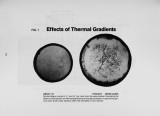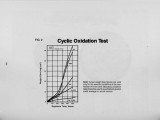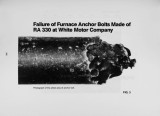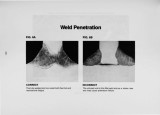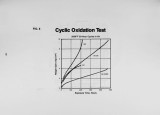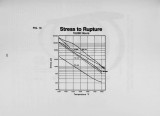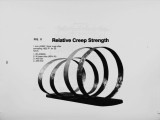| Title |
Fabricability and Design Considerations of Heat Resistant Alloys |
| Creator |
Skarda, James |
| Publisher |
University of Utah |
| Date |
1986 |
| Spatial Coverage |
presented at Chicago, Illinois |
| Abstract |
The factors affecting environment resistance thermal fatigue, shock resistance and fabricability of heat resisting alloys as used in thermal processing equipment in heat treating equipment. A review of metal properties as related to design considerations and fuel efficiencies in muffles, retorts, fixtures and radiant tubes. The surface characteristics of oxidation, green rot and metal dusting as affected by environments, sigma formation, are reviewed with general guidelines for fabrication and welding techniques. |
| Type |
Text |
| Format |
application/pdf |
| Language |
eng |
| Rights |
This material may be protected by copyright. Permission required for use in any form. For further information please contact the American Flame Research Committee. |
| Conversion Specifications |
Original scanned with Canon EOS-1Ds Mark II, 16.7 megapixel digital camera and saved as 400 ppi uncompressed TIFF, 16 bit depth. |
| Scanning Technician |
Cliodhna Davis |
| ARK |
ark:/87278/s6mp55s8 |
| Setname |
uu_afrc |
| ID |
3805 |
| Reference URL |
https://collections.lib.utah.edu/ark:/87278/s6mp55s8 |





